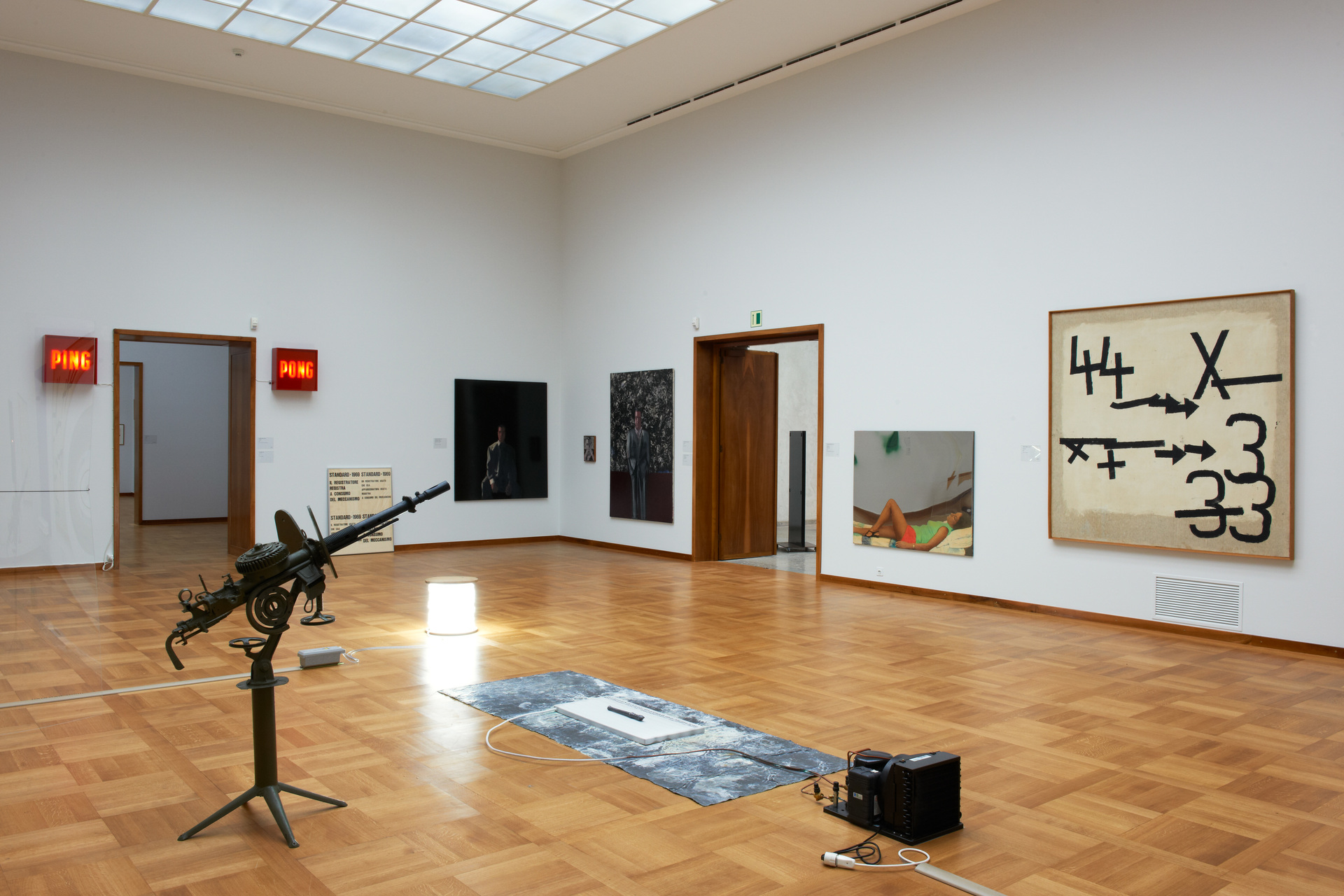Arte Povera
The Great Awakening
The 1960s saw the emergence of a new art movement in Italy; it included several artists who are now famous, such as Alighiero Boetti, Jannis Kounellis, Mario Merz, and Michelangelo Pistoletto. The hallmark of their art is the use of simple means and humble materials like soil, glass, tree branches, neon lighting, or wax. Their works contrast with, and articulate a critique of, an environment ever more dominated by technology and the production mechanisms of mass culture. In a form of stylistic anarchy, pictures, objects, installations, and performances seek to chart a way back to natural processes and laws. The poor, porous, or fluid nature of the compositional means is intended to open perception to “the basic flux of energy underlying all things” (Carolyn Christov-Bakargiev). Works result that emphasize the process and navigate the tensions between nature and culture, between anarchy and order. At the same time, these “visualized perceptual processes” interrogate the grand cultural heritage—of antiquity and the Renaissance—in a sensual and poetic manner.
The term “Arte Povera” first appears in September 1967, as the title of an exhibition held in Genoa that featured the works of artists from Rome, Turin, and Milan, among them Boetti, Fabro, Kounellis, Pascali, Paolini, and Prini; Pistoletto and Merz were not included. The name was coined by the art critic and curator of the Genoa show, Germano Celant. Calling this art movement an artists’ group in the strict sense, may quickly lead to misconceptions. However comparable their artistic strategies and their political and social commitments are, each of these artists is also highly individual; their formal means vary widely, and the differences between them grew even more pronounced in the course of the 1970s.
The Goetz Collection is one of the most comprehensive collections of this immensely innovative and influential movement in art. The grand special exhibition at the Kunstmuseum Basel, where around one hundred works are on display, illustrates Arte Povera’s great relevance also to today’s youngest artists. The show includes numerous key works Ingvild Goetz has collected over many years that have not been on public display in a long time. The Goetz Collection has also built an important archive of photographs and documents, which will be shown in an introductory section of the Basel exhibition in order to give visitors a sense of the wide-ranging influence this great artistic awakening has had. The show unfolds a panorama from the late 1960s to the early 1990s, with a focus on the crucial early years of Arte Povera.

